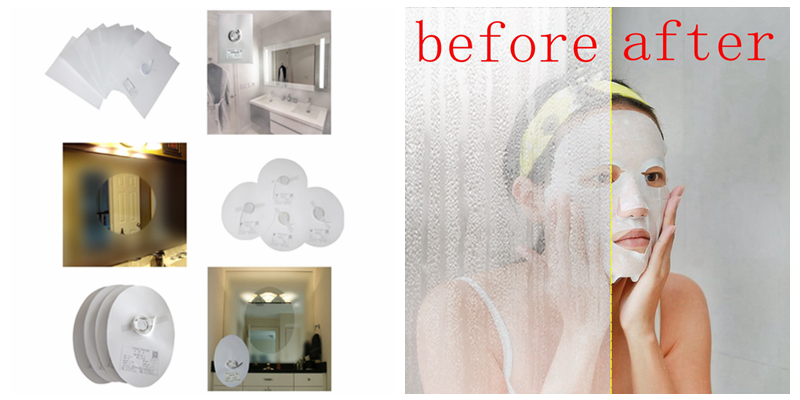Membrane switches are a type of human-machine interface characterized by being constructed from several layers of plastic films or other flexible materials. Conductive materials and graphic inks are printed or laminated onto the surface of these plastic films. They function by temporarily closing or opening an electric circuit. The compact and efficient construction of membrane switches makes them suitable for a vast array of applications such as household appliances and industrial equipment interfaces.

A membrane switch is a human-machine interface (HMI) made of flexible materials and printed conductive inks. That’s the wonky answer. Basically, if you’re working with remotes, keypads, keyboards, or display controls outside of touch screens or actual mechanical buttons and knobs and such, then you’re most likely using a membrane switch.
In fact, the name turns out to be quite literal. As illustrated below in much more detail, a membrane switch entirely consists of thin, flexible layers (aka membranes).
Two general types exist: tactile and non-tactile. Tactile membrane switches incorporate domes to give the feeling of pressing a button. Non-tactile membrane switches go without the domes, yet they often include audio or LED indicators to illustrate when a button’s pressed.
While tactile options tend to offer a more satisfying user experience (entire cartoons exist about the thrill of pushing a button), non-tactile choices tend to be more affordable. In some cases, they even last three times as long as their tactile counterparts.
Regardless of which type you choose, they have surprising advantages over other HMIs (touch screens and mechanical switches) and require custom converted tape to achieve those advantages.

















